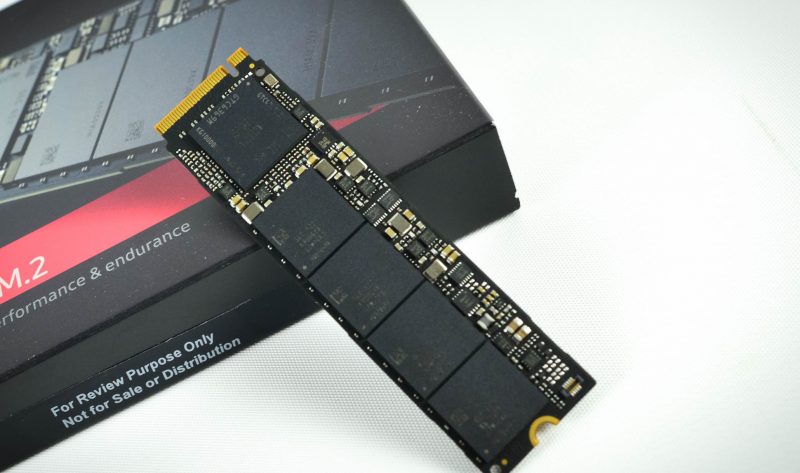Solid State Drives, or SSDs, are non-volatile storage devices in computers and other electronics that use NAND flash as its primary storage medium.
Created as a way to store data on flash memory rather than spinning disks, SSDs are quickly replacing SSDs as the optimal storage medium in computers. Without having to wait for the actuator arm to read the data off platters, SSDs directly transfer data from the NAND flash memory, allowing them to achieve read and write performance many times faster than HDDs. Further, as SSDs don’t have any moving parts, the drives are more power efficient, generate less heat and are resistant against vibration and impact.
SSDs are fairly simple yet complex devices. Within an SSD are typically two main components: the SSD controller, a RAM chip, and NAND Flash. The SSD controller monitors the flow of data entering and leaving the drive and acts as the bridge between the drive and the computer. The controller also has a number of other functions, such as encryption, wear leveling, garbage collection, and error correction. The NAND flash is where the data resides.

